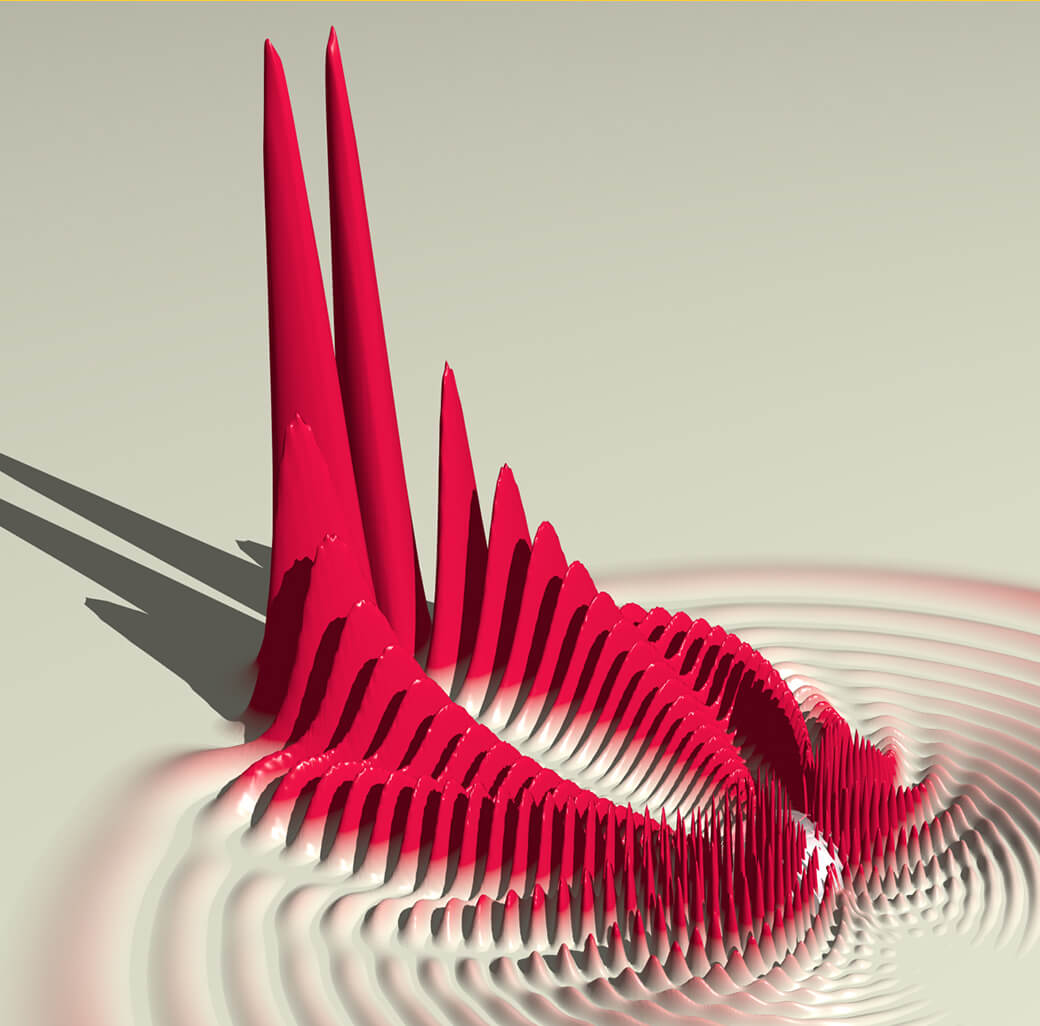Institute for Theoretical Atomic Molecular and Optical Physics

An illustration of a Rydberg molecule, a special configuration where collisions within a gas push electrons to their outermost orbits. The spectrum of emission and absorption of light from these molecules is important for understanding exotic astronomical environments.
Credit: Donald Booth (University of Wisconsin)
Credit: Donald Booth (University of Wisconsin)